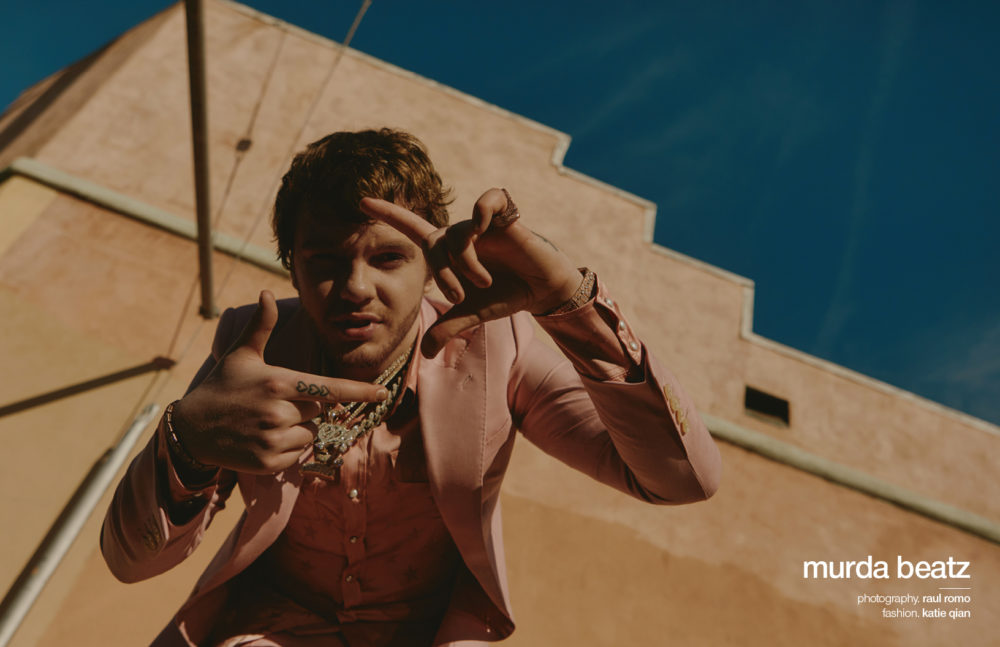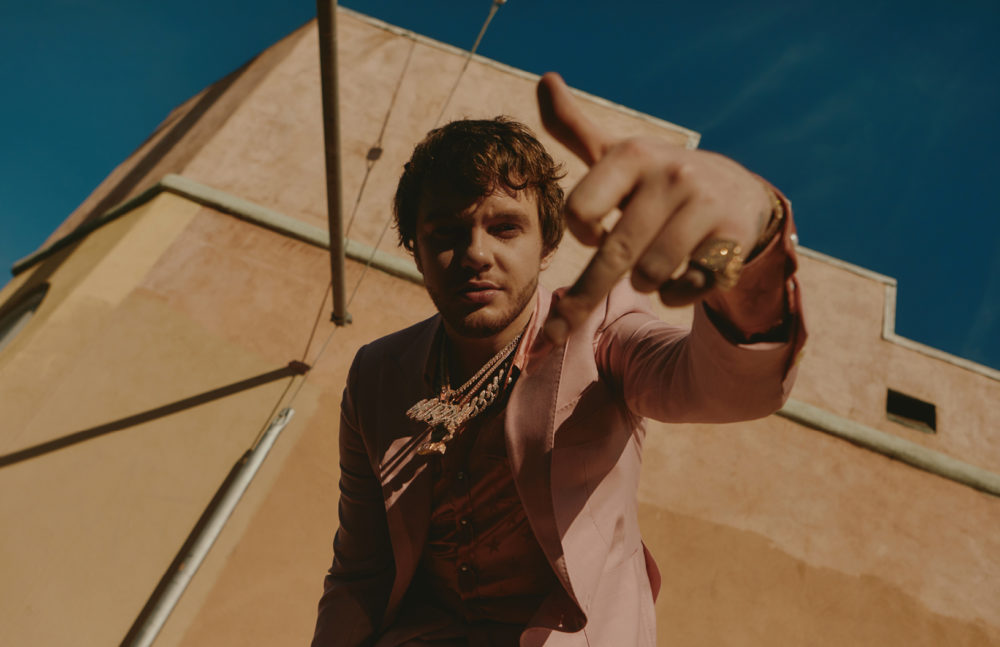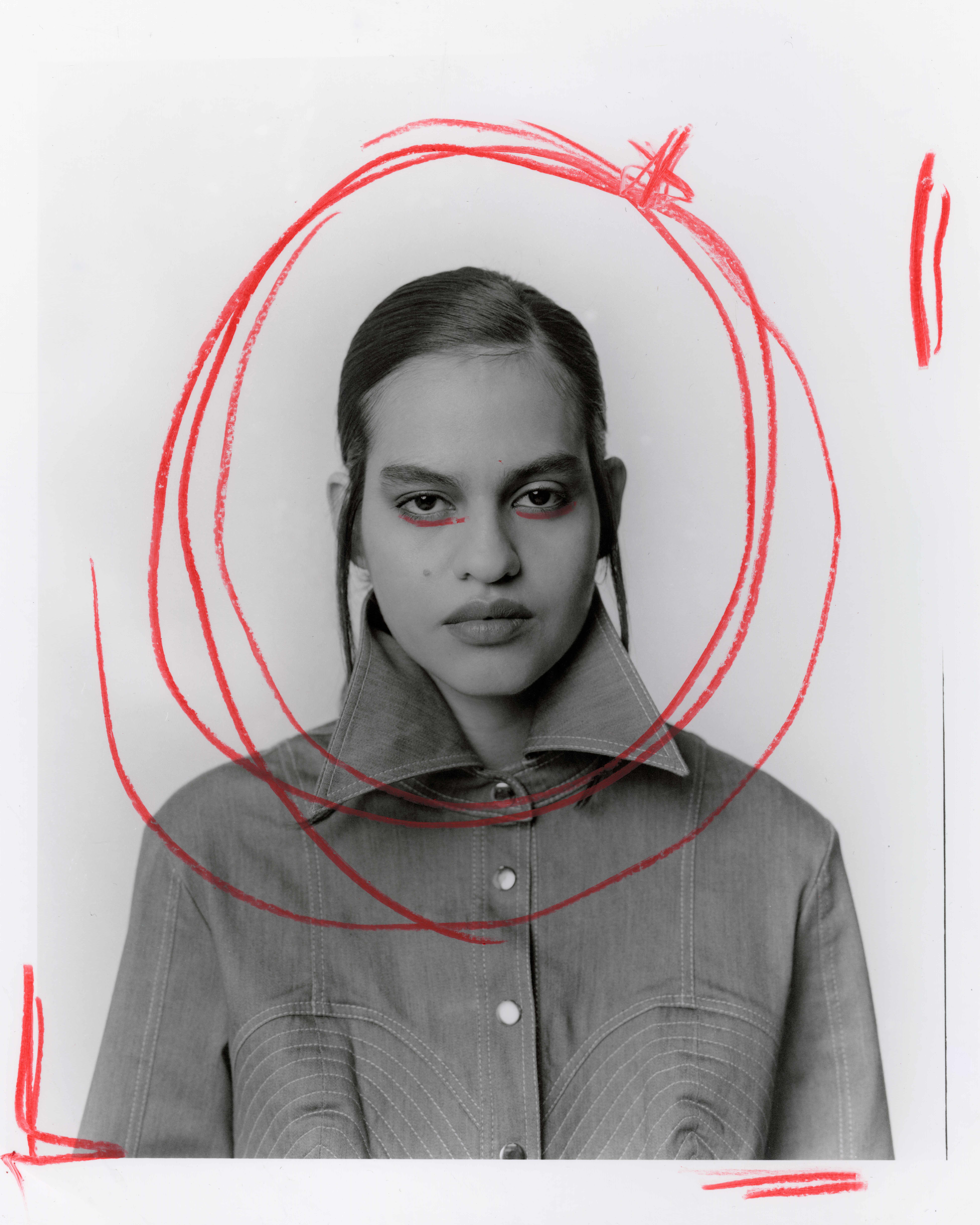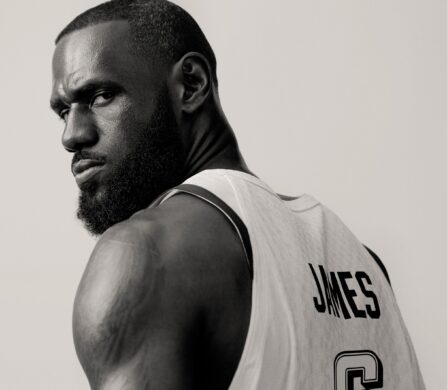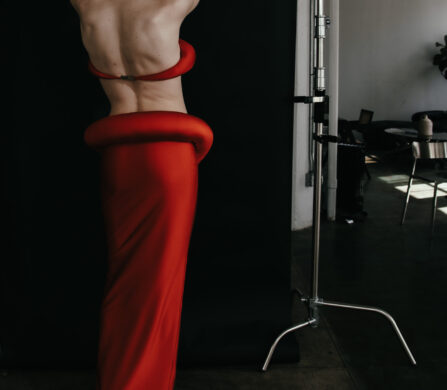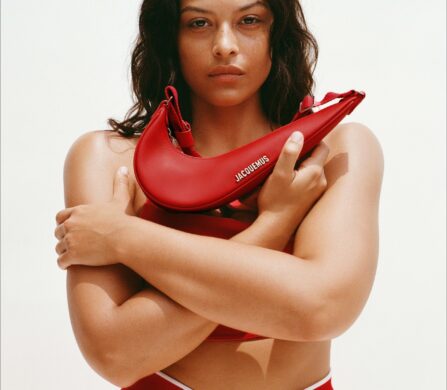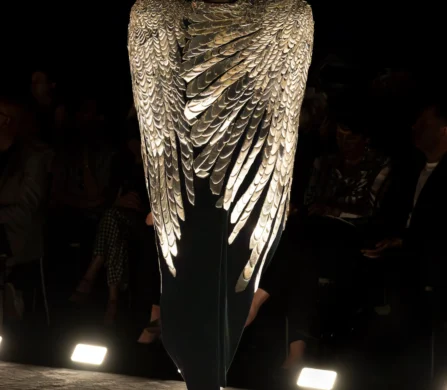Shane Lee Lindstrom is not the face you’d expect to be behind some of the hip hop’s biggest hits — but embracing the unexpected is part of what makes Lindstrom, who produces under the name Murda Beatz, such a formidable force in the industry. The 26-year-old’s instrumentals have provided the groundwork for major tracks like Drake’s “Nice for What,” 6ix9ine’s “Fefe” and numerous hits with Atlanta rap group Migos. He’s also now officially signed to Interscope Records as an artist in his own right, with a solo album set to be released on the label in June.
“I’ve always cared about how I dress,” Lindstrom starts telling Schön!. On any given day Lindstrom can be spotted wearing a range of high fashion labels, often accessorised with his self-referential “MURDA” chain. “I recently started caring about what I eat, because I want longevity and to be here for a while. Habits you can pick up in the studio aren’t necessarily the most healthy — for example, staying up late and eating junk food… I plan on eating better and getting healthier.”
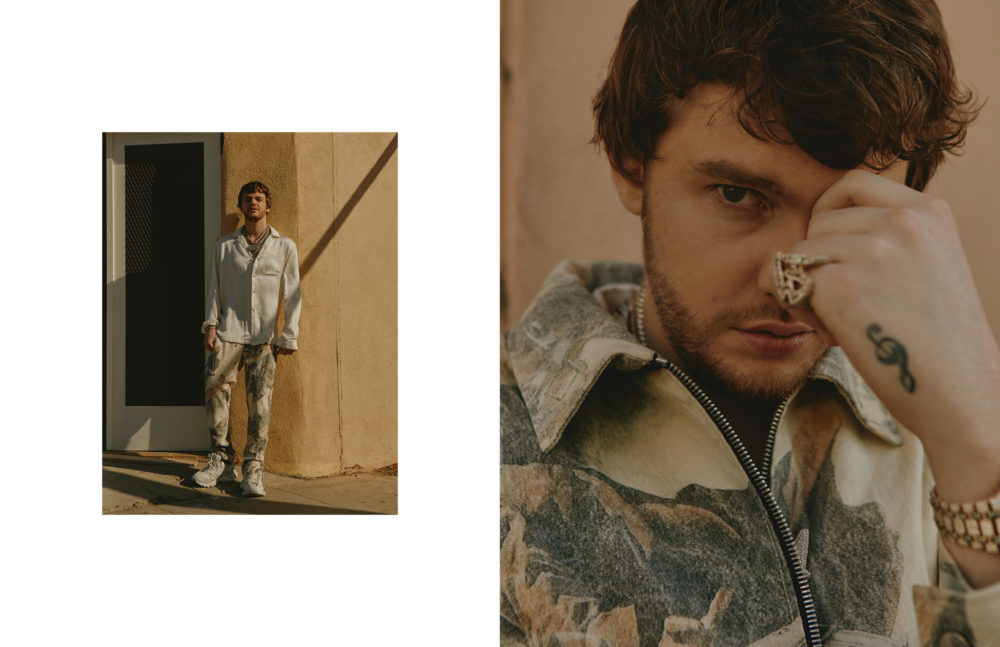
shirt. ROOM SERVICE LOS ANGELES
trousers. Rhude
shoes. Balenciaga
jewellery. Murda’s own
opposite
jacket. Rhude
jewellery. Murda’s own
One of the first moves that put Murda Beatz on the music press radar back in the early 2010s was a series of productions with Migos. Lindstrom initially approached the group through Twitter, sending them an unsolicited beat pack and hoping for the best. A few weeks later they were flying him down to Georgia, where the Canadian producer ended up living with and producing for the trio. A track constructed during those early days was “Pipe It Up,” the second single off Migos’ debut album. Just a few years later, Murda and Migos would team up again to produce the RIAA Triple Platinum-designated “MotorSport.”
“Sacrifice, discipline and hard work pays off in the long run,” says Lindstrom, a sentiment a story like his seems to fully embody. But even with his meteoric rise, time brings the need for change. As he fearfully observes, “producers get too comfortable in their success.”
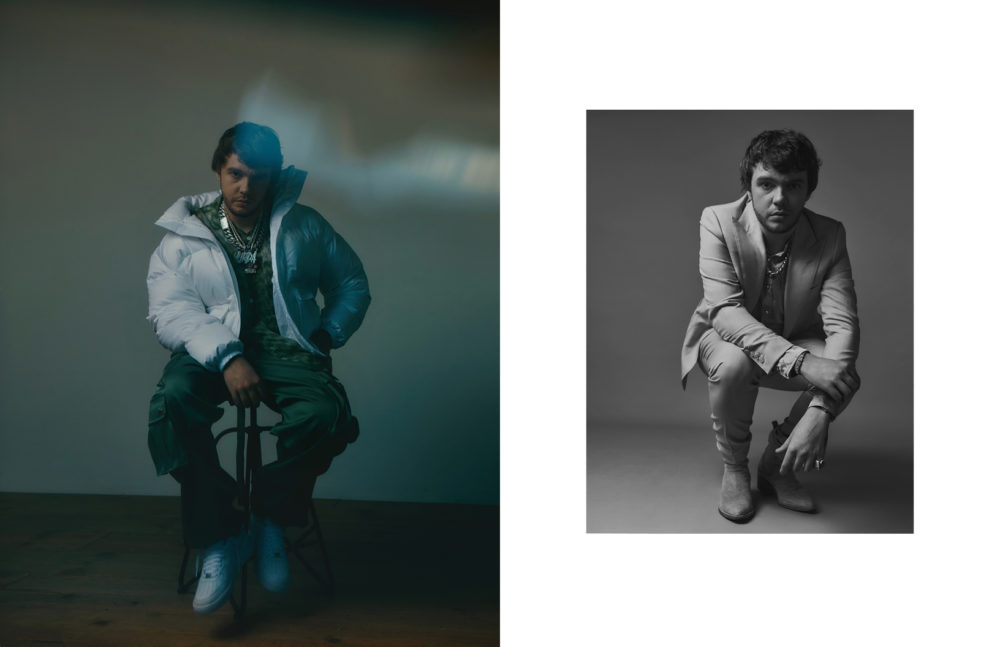
jacket. Used Future
shirt. Private Policy
trousers. Zensai
shoes. Nike
jewellery. Murda’s own
opposite
suit. MUSIKA
shirt. LANEUS
shoes. Amiri
jewellery. Murda’s own
2020 may be the ultimate test of his ability to keep things fresh. Last year, Murda signed Adam Halliday as the first artist under his very own Murda Beatz Recordings imprint. “We got connected through one of my producers, Sool Got Hits,” he recalls. Sool Got Hits has previously worked with artists like Smokepurpp, Ski Mask the Slump God and Quavo of Migos. In short, Lindstrom counts him as a trusted voice when it comes to music. After meeting Halliday and hearing some of his tracks, signing him was a natural next step. “I thought he was talented, and I believed in him. I’m excited for his new music to drop this year.”
While Halliday is currently the label’s only signee, Lindstrom has high hopes for the label’s future and what other branching-out efforts could mean for him in the long term. As Lindstrom builds himself into a brand, the Murda Beatz name carries further than his productions alone ever could. In 2019, “Murda Gang” was officially registered as a trademark, another stepping stone in the long journey to building a lasting empire. “I’m excited,” he declares. “I’m excited [about] diversifying myself and being a part of other industries.”
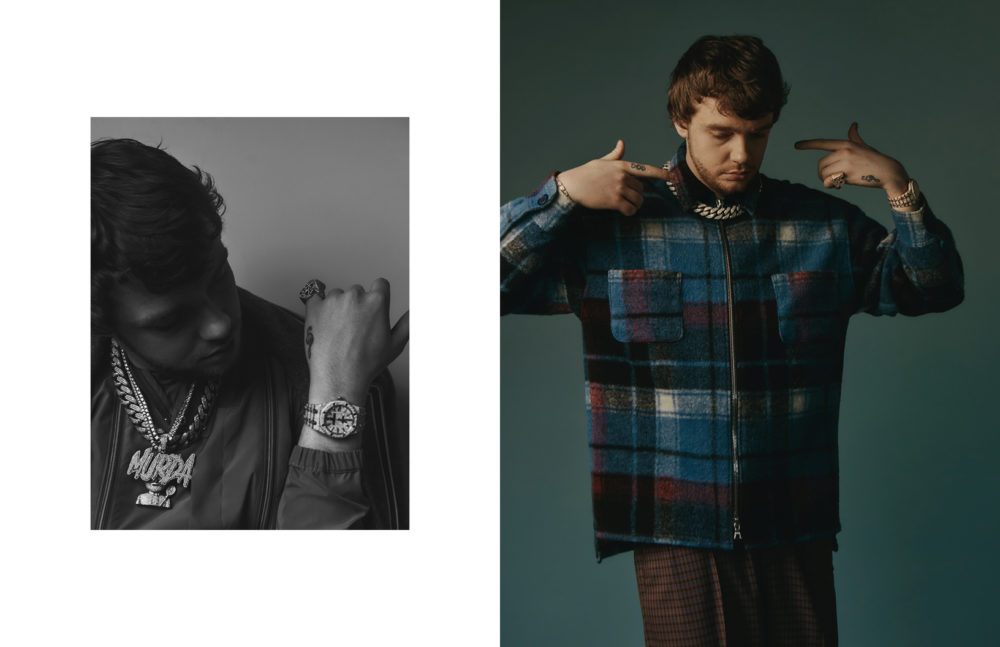
coat. Pacifism
jumpsuit. Artika-Arbox
jewellery. Murda’s own
opposite
shirt. Pacifism
trousers. Zensai
jewellery. Murda’s own
Even with this excitement, Murda hasn’t forgotten the territory that brought him his fame: his productions. June will see the release of Murda She Wrote, Murda’s full-length debut. For the album, Lindstrom enlisted a broad range of talent; “Banana Split,” a track which features rappers YNW Melly and Lil Durk, dropped this week, while other songs, including tunes Murda completed with the help of artists like The Chainsmokers, will come sometime in the near future.
“It’s fun, you know?” he teases. Lindstrom hasn’t given any official release date for this EDM-influenced work — he’s also spent time in the studio with Martin Garrix — but even if their tracks never see the light of day, Murda is just happy to enjoy the ride. “[It’s] definitely a world that’s exciting to be in, since I love DJing as well.”
“[But] they have to be people I enjoy listening to,” continues Murda, speaking about his choice of collaborators. To get the collaboration process going, Lindstrom says, he needs to be in the right headspace, a move he accomplishes by “getting inspired and listening to music that gives me new energy when I go to the studio.”
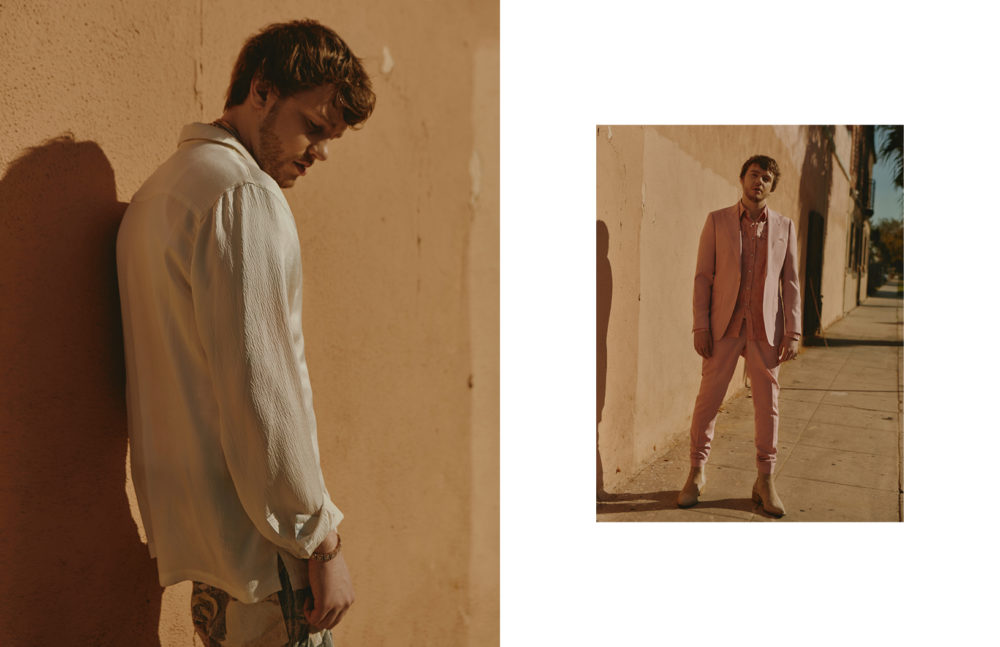
shirt. ROOM SERVICE LOS ANGELES
trousers. Rhude
jewellery. Murda’s own
opposite
suit. MUSIKA
shirt. LANEUS
shoes. Amiri
jewellery. Murda’s own
At times, successfully reaching this space can be difficult. The process of making an album has been “a lot different” for Murda — “because of the time we are in,” he says. “Since I’m signed to a label and working with other artists signed to a label, we have to keep in mind everyone’s release plans to effectively drop the music at the right time.” As could be inferred by the name of his first mixtape Keep God First, Murda’s relationship with God plays a big role during this complicated period in his career. “Spirituality affects my life in the biggest way, shape, and form,” he confesses.
“I’m looking forward to the new music I’m about to make, along with hearing the shift in music,” Murda finishes. As a final question, Schön! throws him one last curiosity: what does Murda Beatz think is the most slept-on Murda Beatz production? “’Buzzin’,’” he answers, “by Lil Yachty featuring PartyNextDoor.” Until Murda She Wrote is released, it will have to do.
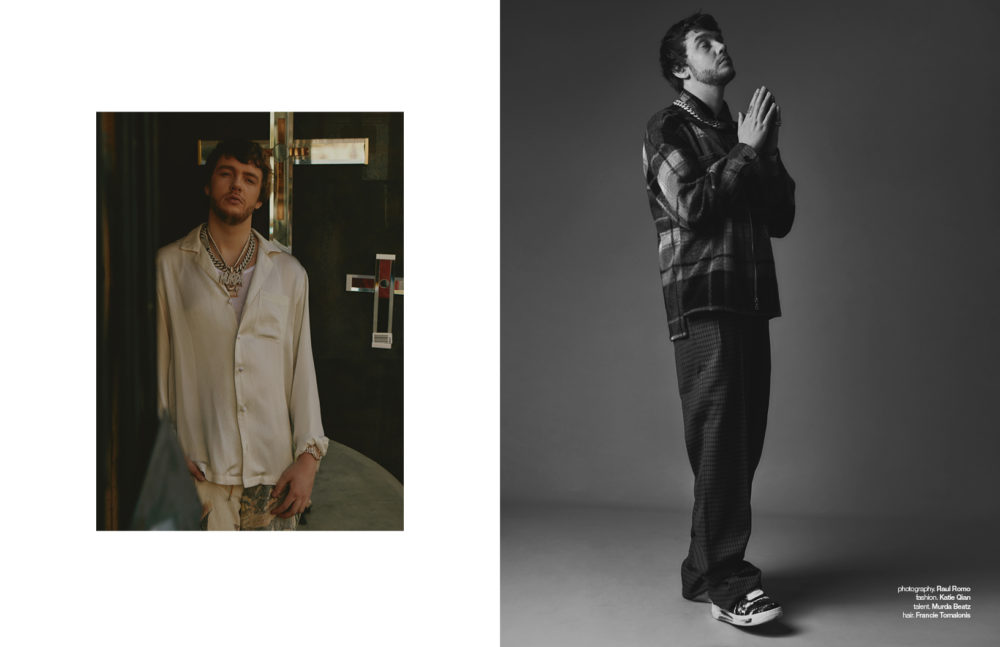
shirt. ROOM SERVICE LOS ANGELES
trousers. Rhude
jewellery. Murda’s own
opposite
shirt. Pacifism
trousers. Zensai
shoes. Nike
jewellery. Murda’s own
Murda’s new single, “Banana Split,” is out now. Listen to it here.
This Schön! online exclusive has been produced by
photography. Raul Romo
fashion. Katie Qian
talent. Murda Beatz
hair. Francie Tomalonis @ Celestine Agency
words. Braden Bjella
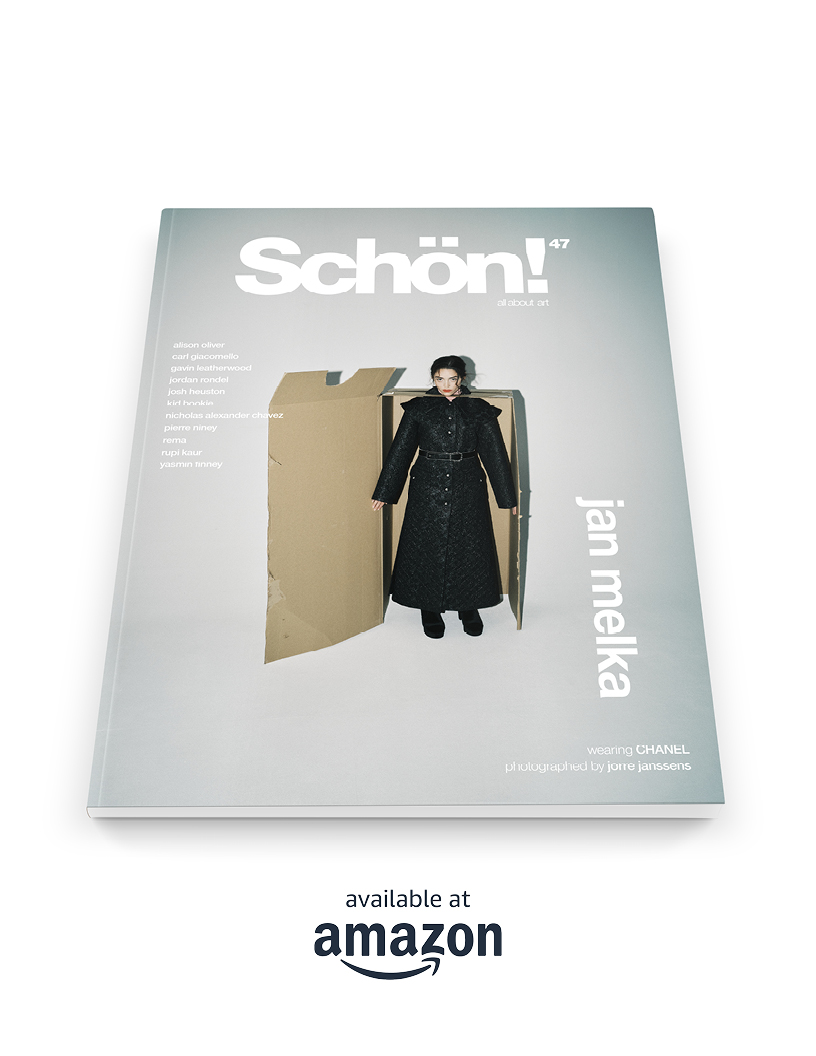
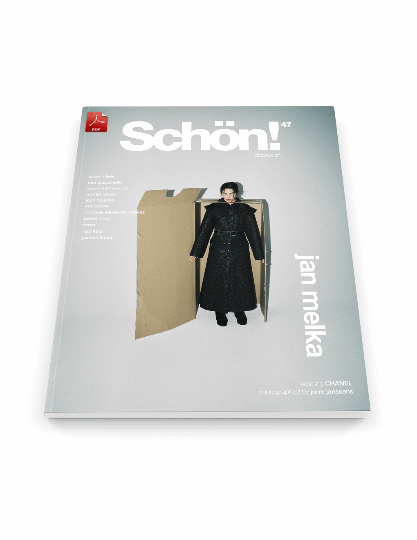
Schön! Magazine is now available in print at Amazon,
as ebook download + on any mobile device












